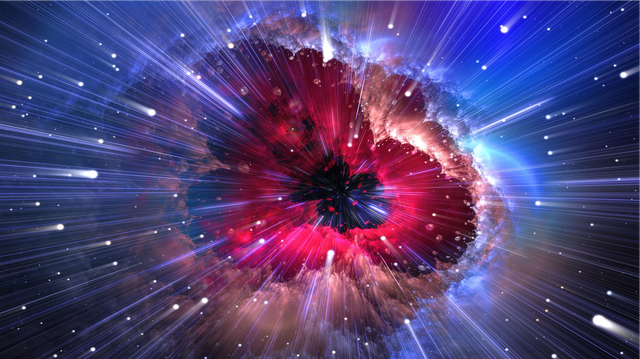JPL Launches Quantum Space Innovation Center

The new center aims to coordinate groundbreaking research, foster industry and academic partnerships, and enable a new generation of quantum engineers and scientists to explore space-based applications of quantum sensing technology.
JPL is establishing a Quantum Space Innovation Center to meet ever-increasing demand for data processing, autonomous function, sensor precision and other capabilities that depend on the science of the very small for their next big leap.
The main goals of the Quantum Space Innovation Center are to leverage breakthrough quantum technologies, enhance scientific discovery, and create a pipeline of talent by collaborating with industry and universities. The center will focus on areas of quantum detectors, quantum communication, and advanced sensors, building on JPL's legacy of innovations such as the terrestrial quantum gravity gradiometer, the Cold Atom Lab, and the Deep Space Atomic Clock. To date, JPL is the only NASA center to have successfully operated quantum sensors in space.
“JPL has a proven track record in space-based quantum advancements that unlock new capabilities and discoveries. Establishing this center will not only build on our history of pioneering work, but will elevate quantum technology research; foster collaboration with valued partners in industry, academia, and across NASA; and attract a new generation of quantum innovators,” said Director Laurie Leshin. “We look forward to continuing to push the boundaries of quantum science and engineering alongside other technologies essential to NASA’s future.”
Small Science, Big Future
While quantum technology remains in its infancy, Earth Science and Technology Directorate Chief Technologist Jason Hyon sees the existing landscape as somewhere between the room-sized computers of the 1950s and the smartphone in your pocket today. And the first point of order for the Lab is to get things in order.
“We have a lot going on in different groups, projects and teams discussing and working on quantum technology topics, and we’re getting a lot of interest and inquiries from different agencies and outside partners,” Hyon said. “By creating the Quantum Center, we can ensure we’re communicating across directorates within JPL, coordinating our responses to outside inquiries, and presenting a unified message.”
As a center for coordinating quantum technologies, the QSIC will oversee several developing technologies including quantum sensors, communication, and fundamental physics, working in partnership with NASA to advance the agency’s quantum capabilities and leadership.
To date, JPL has already brought in over $100 million in new business in these quantum-centric areas, and the center is coordinating with the program formulation offices in JPL Directorates of 4x, 7x, 8x, and 9x to capture the work being done, and explore potential opportunities for mission integration.
“We see the center as working together with the formulation office specifically related to quantum technologies, capturing all of the opportunities in one place, overseeing the maturity of the technology, and working to infuse quantum capabilities into future missions,” said Edward Chow, manager of JPL’s Civil Program Office.
Quantum Hub
The center also aims to form a Quantum Hub, which will function in partnership with several universities to share facilities, lab space, and resources to enable more quantum research and technological development. So far, the universities involved include Caltech, UCLA, UCSB, UCSD, USC, ASU, and the University of Arizona. The hub would also look to create collaborations, internship opportunities for students, offer quantum-based curriculum, and organize seminar series to attract the next generation of quantum physicists and engineers to the Lab.
“Right now, a majority of early career quantum physicists are going into the quantum computing market, and we want to attract those highly talented students and postdocs to work on space-based applications,” said John Callas, program manager in JPL’s Fundamental Physics Office.
Get Involved
Now, it’s time to get the word out to JPLers that the QSIC is open, and the Lab’s quantum-based technology activities have a home.
Looking for more info on of the Lab’s numerous existing quantum-capable testbeds? Want to learn how quantum gravity gradiometer (QGG) technology under development at JPL could allow for a GRACE-like gravity mission to be flown on one SmallSat with better results? Looking for the next opportunity to propose your quantum-based mission concept? Check out the QSIC website, join the interest group mailing list, and stay informed.
“This is the time to really ramp up involvement because we see the promise of this disruptive technology,” said Earth Science and Technology Director James Graf. “And we think JPL is the place to do it because we have already shown we can be successful in our previous missions.”
Jason Hyon will serve as the center’s first director, and John Callas and Edward Chow will be deputy directors.